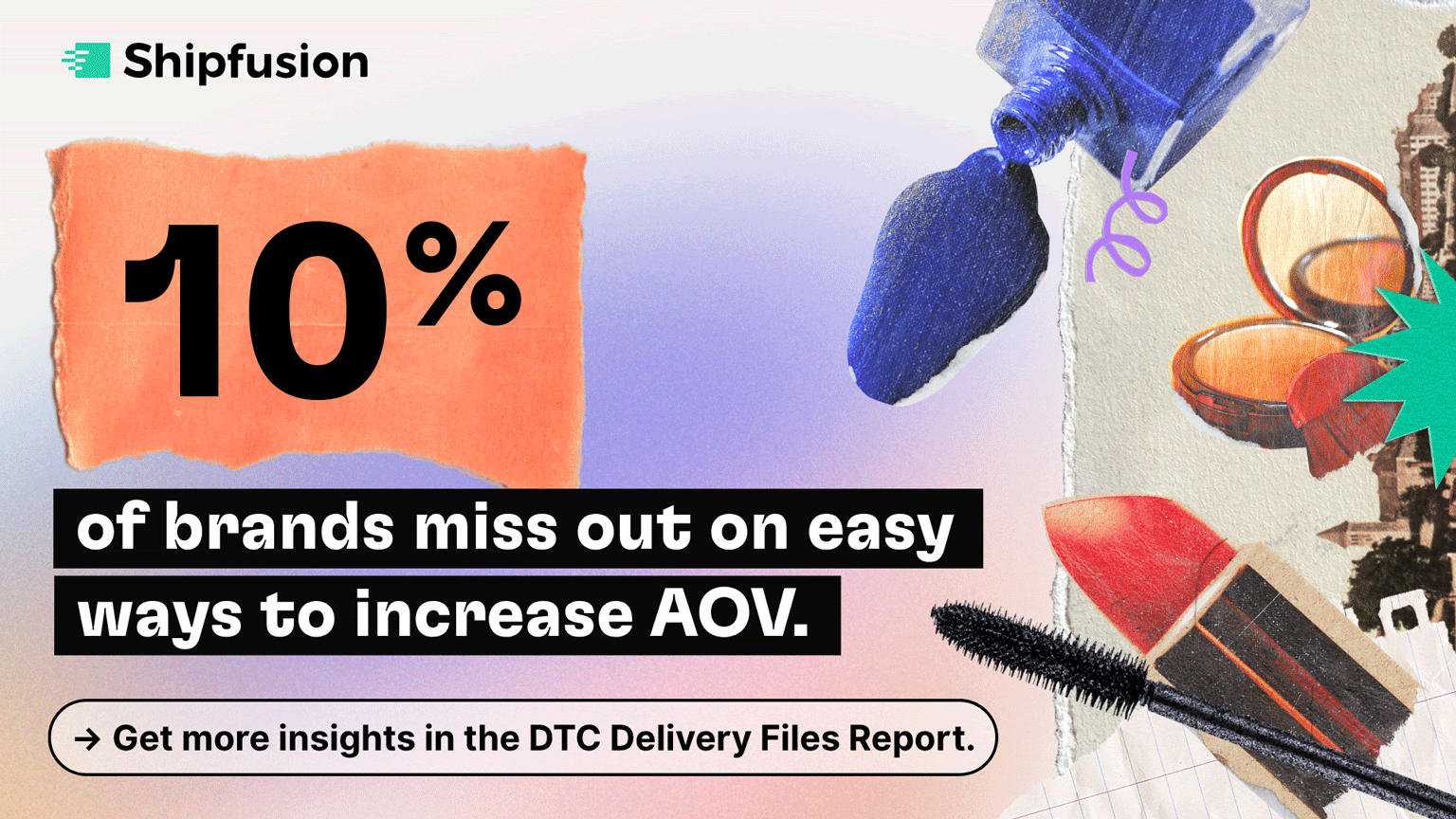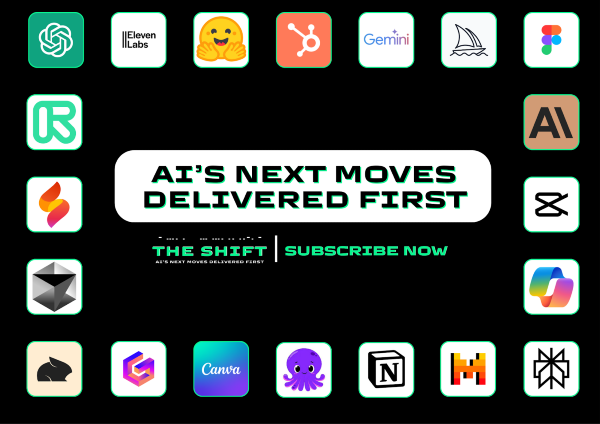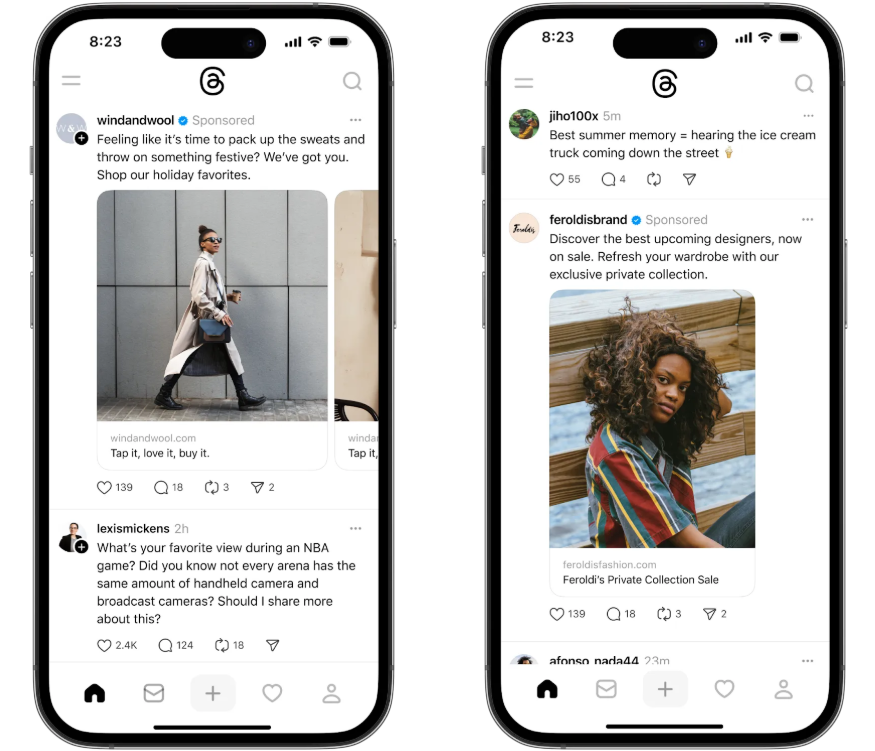Social Proof Saturation Windows
🧠 Why more trust signals ≠ more conversions, and how to dial it in just right, Meta Rolls Out New Reels and Threads Ad Tools, and more!

Hey there Smarty 👋
Are you geared up to catch the latest and greatest in quick shorts?
And just a quick heads-up! If you stumbled upon us through a friend, make sure to subscribe here! That way, you’ll never miss out on the trending shorts.

Together with Shipfusion
The Post-Purchase Blind Spot That’s Costing You

Most brands obsess over the buy button, but what happens after is where they lose the most.
Shipfusion spent $8,000 ordering from 110+ cosmetics brands to test the full delivery experience. The findings are clear: if you ship to customers, this is your blind spot too.
👀Nearly 90% didn’t include free samples, and 1 in 10 went silent after order confirmation
🌀 33% of orders arrived scuffed, with over 10% containing damage.
📦 Nearly half invested in custom boxes, but just 36% branded the interior.
These numbers reveal a gap every operator should fear. You can’t win loyalty with a broken box or silence after checkout. Customers equate fulfillment with your brand, and if you fail here, no amount of marketing can save you.
The data doesn’t lie: most brands are leaking revenue and retention in plain sight. The ones who fix it now will own the customer relationship.
Grab the Cosmetics Delivery Files now and see what your brand is missing!

🧠 Social Proof Saturation Windows
Why more trust signals ≠ more conversions, and how to dial it in just right.
Most DTC brands treat social proof like seasoning: sprinkle it everywhere and conversions will taste better. But what if oversaturation actually dulls its edge? This concept, Social Proof Saturation Windows, is about knowing exactly when and how much trust to inject before it stops helping and starts hurting.
Let’s break it down:
1. The Saturation Curve: Why More Isn’t Better
Social proof has a non-linear ROI. When stacked too early or too often, it fades into background noise or, worse, triggers buyer skepticism (“Why are they trying so hard to convince me?”).
- 1–2 trust cues per scroll frame is optimal for most mobile-first carts and PDPs.
- Above 3, users skim or disengage, especially older demographics conditioned by scammy layouts.
- Overexposure can delay action, because it signals over-explanation, not urgency.
Mental model: Think primer, not pitch deck. You’re not convincing, you’re reassuring.
2. Stage-Based Saturation: Match Proof to Funnel Emotion
There are distinct emotional jobs that social proof must perform, and they vary by scroll depth or funnel stage.

Design for emotional timing, not just aesthetic distribution.
3. Format Friction: When Social Proof Backfires
Not all trust cues are equal. Misplaced or poorly formatted proof breaks rhythm and hurts scan flow.
- Too much text in testimonials slows scroll momentum.
- Faces stacked without context signal templated BS.
- Unverified “X out of Y stars” badges = no impact.
💡 Fix: Use proof units, concise blocks with (a) rating, (b) quote, and (c) profile signal. One line each. No paragraph walls.
4. Audience-Indexed Saturation Levels
Different demos need different doses.
- 50+ audiences prefer familiar trust signals early (e.g., secure checkout logos, star ratings near CTA).
- Gen Z skips static reviews, they look for video reactions or meme-ified trust moments.
- Hesitant shoppers (first-timers, gift buyers) respond better to aggregated signals: “23,000+ reviews.”
Best-in-class brands personalize saturation using returning vs new visitor logic, dynamically swapping trust elements based on user behavior.
If you treat social proof like wallpaper, Meta’s delivery engine will too. The best brands now sequence trust like a sales script, timed to remove friction just before action drops. Dial it in, and you shift from passive proof to predictive persuasion.
Next Step: Audit your pages by scroll window. How many proof points show up per 400px frame? Where does it start diluting? That’s where optimization begins.

Together with The Shift
Your AI Edge Won’t Come From Reading More. It Comes From Doing Differently.

You don’t need another newsletter recapping what OpenAI just launched.You need a shift in how you think and apply AI today.
The Shift AI gives you 5-minute daily strategies that teach you how to:
✅ Stack tools into workflows that actually produce results
✅ Automate thinking and execution without losing control
✅ Operate like someone who grew up on AI, and even if you didn’t
You’ll get ahead of AI trends not by knowing more, but by executing better.
Bonus? You also get 2000+ tools, 300+ prompts, and free AI courses when you subscribe.
Less news. More moves.

📢 Meta Rolls Out New Reels and Threads Ad Tools
Meta announced a wave of advertising updates at its Brand Building Summit, giving marketers more ways to reach audiences across Reels and Threads while tightening AI-powered targeting.

The Breakdown:
1. Reels Trending Ads Open to All - Reels trending ads are now open to all advertisers, placing campaigns alongside the most popular, culturally relevant Reels content. Early tests show a +20% boost in unaided brand awareness, making this a high-impact format for visibility.
2. Expanded Threads Ad Formats - Threads is adding carousel ads, 4:5 image/video rendering, and catalog ads. Even brands without a Threads account can run campaigns using their Instagram or Facebook posts, tapping into an audience where 3 in 4 users already follow at least one business.
3. Smarter AI Targeting and Optimization - Meta’s value rules now cover awareness and engagement objectives, allowing advertisers to prioritize high-value audiences and driving up to 2x more high-value conversions. Landing page view optimization rules have also been upgraded to ensure ads reach the most engaged users.
These updates give marketers more creative freedom and precision. With trending Reels placements, versatile Threads formats, and enhanced AI-driven targeting, brands can engage consumers where discovery happens and drive stronger results through the holiday season and beyond.

🚀Quick Hits
📈 UGC drives 4× higher CTRs and 50% lower CPC—but only if creators deliver on the brief. Insense connects you to 68,500+ vetted UGC creators worldwide who ship ad-ready assets in just 48 hours. 2000+ Brands like Quip, Solawave, and Revolut scale campaigns this way. Book your free strategy call before Sept 19th and get $200 for your first campaign.
📜 The U.S. Federal Trade Commission has ordered Meta, OpenAI, Snapchat, X, Google, and Character AI to detail safety measures for minors, examining potential harms and compliance with child-privacy laws.
📊 Google Tag Manager now supports custom event parameters in Google Ads and Floodlight tags, allowing advertisers to send detailed audience data, configure tracker settings, and match manual gtag() capabilities for advanced measurement.
📈 TikTok reports its Search Ads Campaign drives 2x higher purchase lift overall, with a 2.2x boost for enterprise advertisers and 1.9x for retail, capturing Gen Z’s growing search intent on the platform.
📊 New Siege Media data shows ChatGPT traffic averages a 63.42% engagement rate, 1.73% higher than organic search’s 61.64%, highlighting AI-driven visitors’ depth but still smaller audience reach overall.

That’s a wrap for today! Tell us your thoughts about today's content as we line up more Shorts! And don’t hesitate to share this with someone who’d adore it. 🥰
